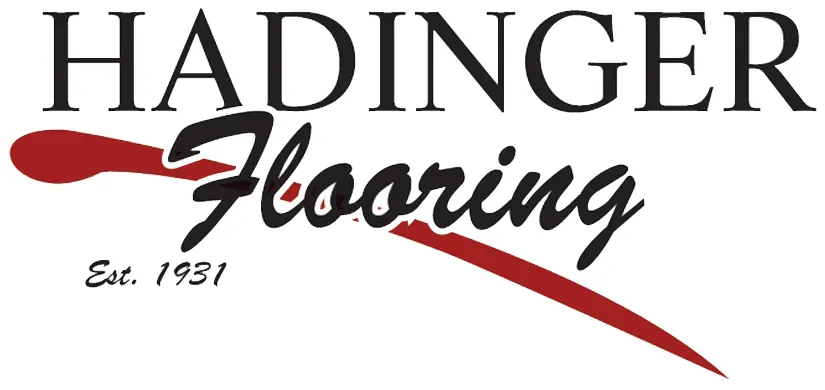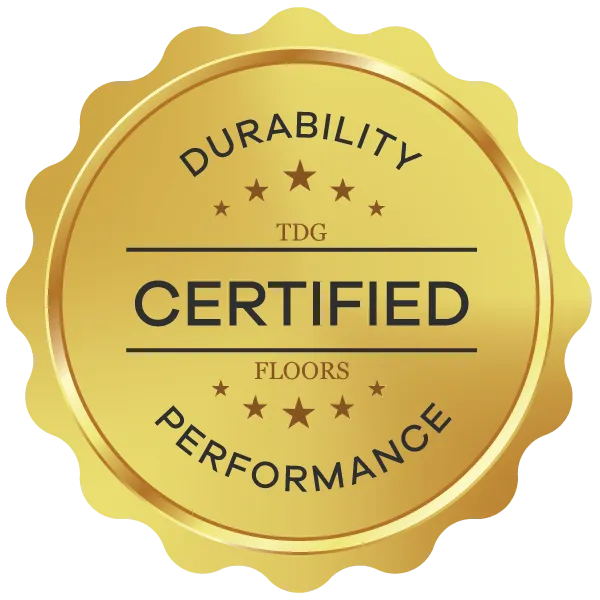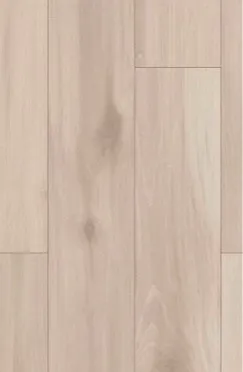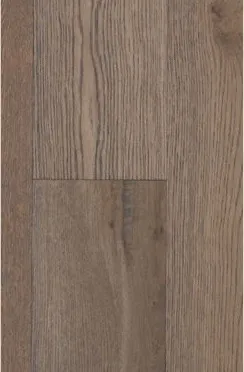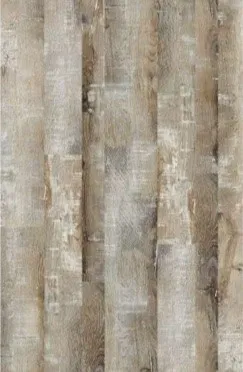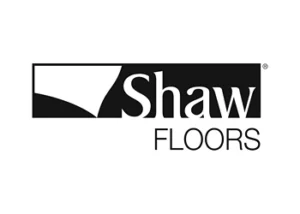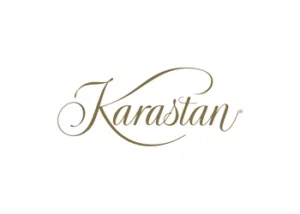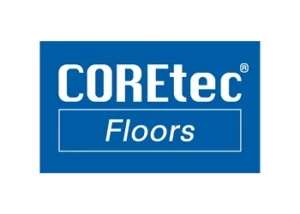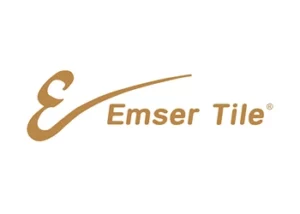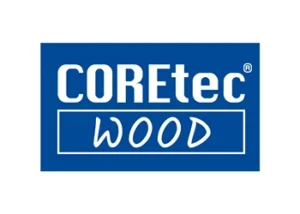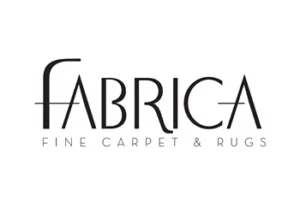laminate
GET THE LOOK OF HARDWOOD
WITH SUPERIOR DURABILITY
laminate
BASICS
Capture The Realism
Get the look of luxurious hardwood flooring at a fraction of the cost. Today’s laminate planks have the strikingly realistic appearance of natural wood grain in a more durable material that is resistant to scratches, moisture, and everyday wear and tear. Laminate allows you to achieve the hardwood flooring appearance in rooms where natural wood cannot go, such as bathrooms and basements. Similar to natural hardwood, laminate flooring comes in a selection of colors, replicated wood species, surface texture, and plank width.
Begin with your overall shade and color preference. Are you drawn to pale, blonde wood tones or deep, rich shades? Innovative technology in laminate manufacturing can duplicate the appearance of specific wood species, such as oak, ash, Brazilian cherry, and chestnut. Each wood species has a distinctive visual in graining, knotting, and coloring, which can lean towards a specific decorating influence such as modern or rustic.
Durable And Beautiful
Just like natural hardwood flooring, laminate planks are available in a variety of surface types, which can subtly or dramatically change the presentation of the flooring. Choose a traditional, smooth surface with a matte or semi-gloss finish. Or opt for one of the trending texturized looks of wire-brushing, hand-scraping, or distressed methods that create a worn, aged appearance. Laminates are also available in varying plank widths, from thin and delicate to wide and bold.
TYPES OF
laminate
Endless Laminate Possibilities
Laminate flooring comes in many types and styles. Since the lamination process is simply the fusing together of two or more types of materials and sealing them, the world of laminate flooring is full of choices. Part of the appeal of laminate flooring is in the selection of different flooring styles you can imitate.
Wood, stone, and tile are some of the most popular uses for lamination. Any type of grain and color of wood or layout of stone or tile can be captured, laminated, and split into easily-assembled planks from which you can create a floor.
Laminate Floor Construction
High Pressure Laminate (HPL) - Planks are usually fused together in either a one or two-step process. Several layers are first glued together, then these layers are combined with the remaining materials and then glued and fused into a plank. This gives a harder finish, more durable plank than DPL.
Direct Pressure Laminate (DPL) - All materials are fused together in one step, which reduces the costs of manufacturing.
Laminate Floor Thickness - Laminate floors come in various thickness from around 7-8 mm to 12 mm thick. The thicker planks will cost slightly more but should be sturdier and more durable, especially if the subfloor is not perfectly level.
laminate
MAINTENANCE
How Should I Clean My Laminate Floors?
Even though they are known for being durable, laminate floors must be maintained. Regular sweeping or vacuuming is recommended to remove dirt and dust. Damp mopping will also help to keep floors clean, though excessive water should be avoided and floors should be wiped dry after mopping.
Should I Avoid Abrasive Cleaners?
Avoid using abrasive cleaners or soap-based detergents that can dull or damage laminate. When in doubt, follow manufacturer recommendations on cleaning products and practices.
How Do I Repair Scratches Or Stains?
For minor damage, such as scratches, many manufacturers create “touch-up kits” that can help with repair. Because of the ease of installation with laminate, severely damaged planks can often be replaced with new ones, posing little inconvenience and no damage to the surrounding flooring.
Can I Refinish My Floors?
No. Unlike real wood, laminate floors cannot be sanded and refinished. However, laminate flooring is designed to be extremely durable and is less likely to show scratches and dents than hardwood.
